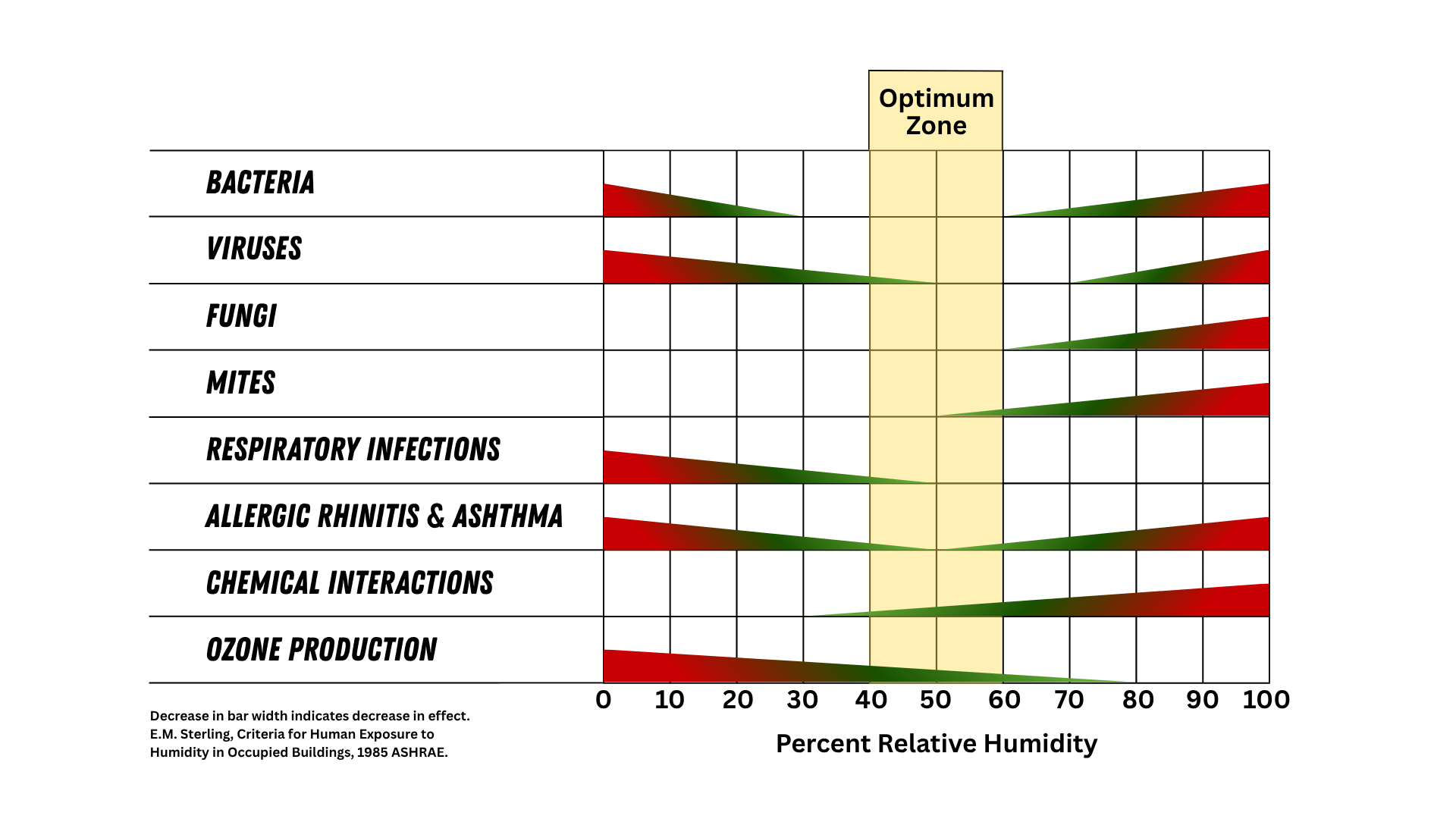New Home Moisture: Do You Need a Dehumidifier in Year One?
“New Home Syndrome” is a thing.
Moisture purge and structural acclimation are non-negotiable steps to prevent new building mold and decay.
Don't Ruin Your New Home: Why a Dehumidifier is Essential for the First Year
The smell of fresh paint, the gleam of hardwood floors, the satisfaction of a brand-new build—it's an incredible feeling. But hidden within those pristine walls is a lurking problem: water.
It might seem counterintuitive, but new construction homes, even after the building process is complete, are often saturated with moisture. Ignoring this issue during the critical first year can lead to mold growth, damaged finishes, and long-term air quality problems.
A high-capacity dehumidifier is the single most important appliance you can use during this "drying out" phase. Here's exactly why you need one and how to use it effectively.
The Hidden Moisture Burden in New Homes
Where is all this water coming from? Construction uses a surprising amount of water-heavy materials that need a long time to fully cure and dry.
Concrete and Foundation: Concrete takes months, sometimes years, to fully cure and release its trapped water. This continuous vapor pressure pushes moisture up from the basement and slab into the living spaces.
Drywall Mud: The joint compound used to smooth the seams of drywall is extremely water-rich. While surfaces may feel dry, the thick layers beneath the paint are slowly releasing moisture into the air.
Lumber and Framing: Wood framing, even kiln-dried lumber, absorbs moisture while exposed to weather during the build.
Wet Building Materials: Wet insulation, sheathing, subfloors, and framing saturated by rain hold moisture that slowly releases into the finished walls.
Paint and Finishings: Even late-stage applications like paint and textured ceilings contribute moisture as they dry.
Sources of Trapped Water in New Construction
Beyond the Structure: New Furnishings and Finishes
The structure isn't the only source of moisture—or the only thing that reacts badly to it. The new contents and installed finishings also contribute to the moisture load and are highly susceptible to damage if the humidity is not controlled:
Wood Flooring and Cabinetry: New hardwood floors, trim, and kitchen cabinets are often installed when the home’s interior humidity is extremely high. If these wood products aren't allowed to acclimate to a controlled, stable humidity level (40-50% RH), they can later shrink, leading to unsightly gaps, warping, or cupping once the building finally dries out.
New Furniture: Newly purchased wooden furniture, upholstered pieces, and even cardboard boxes brought in during the move all contain moisture that is released into the air, adding to the overall humidity level in the home.
This collective moisture burden is why your new home can feel inexplicably muggy, even in cooler seasons.
The Danger of Ignoring Trapped Water
If you don't actively remove this moisture, you risk significant issues that can affect the health, aesthetics, and structural integrity of your house:
Mold and Mildew: A closed-up new home, combined with the high internal humidity, creates a perfect breeding ground for mold, often starting in hidden areas like inside walls or under carpets.
Seal Failure: Excess moisture can cause caulking and paint to blister or fail prematurely, necessitating expensive repairs.
Increased HVAC Load: High humidity makes the air feel warmer, forcing your air conditioner to work harder (and longer) to achieve comfort, driving up utility bills.
According to the widely recognized Sterling Chart, the ideal Relative Humidity (RH) "Goldilocks Zone" is 40-60%. Maintaining this range prevents property damage from cracking or mold and supports optimal respiratory health.
Dehumidifiers: The Tool for Controlled Drying
Many people think opening windows will solve the problem, but this introduces uncontrolled variables like outside temperature and humidity, potentially making the HVAC system work harder.
A quality dehumidifier provides controlled moisture removal and is the superior solution.
1. Set the Target RH
The goal during the first year should be to maintain a Relative Humidity (RH) level between 40% and 50%. This range is comfortable for occupants, prevents mold growth, and allows building materials to dry out gradually and consistently, which prevents cracking and warping.
2. Location is Key
The lower levels and the largest open spaces of your home will collect the most moisture. Place the dehumidifier in a central location, such as:
The basement or crawl space.
The main living area on the ground floor, especially if you have a slab foundation.
3. Continuous Operation
For the first year, it’s best to let the unit run almost continuously (it’s ok to put it on a timer to avoid peak demand electricity charges). If your unit allows it, set up a continuous drain hose directly into a floor drain or utility sink. This avoids the constant hassle of emptying the collection bucket and ensures uninterrupted drying.
By actively managing the trapped water, you aren't just protecting your investment; you’re ensuring a healthier, more durable, and more energy-efficient home from day one.
Conclusion
By actively pulling the excess moisture out of the air, you are controlling the drying process, ensuring your home's wood and concrete reach a safe, equilibrium moisture content. This simple, affordable step protects your investment, preserves your air quality, and ensures the longevity of your beautiful new finishes. Measure and control the humidity in your home with a consultation from us at Rappid Energy. Contact us today to learn more.



